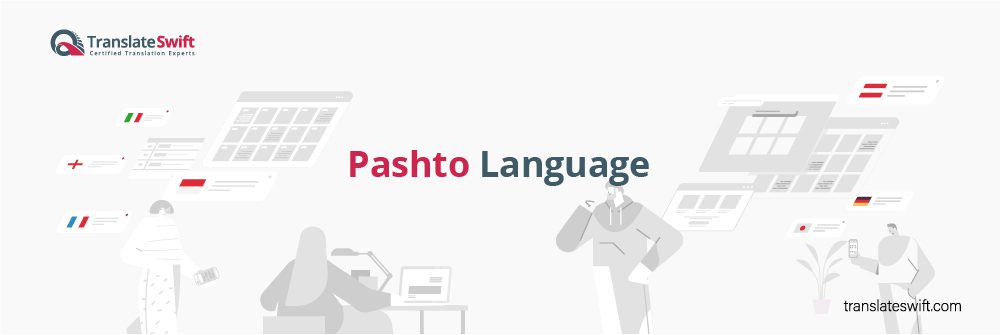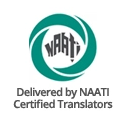
Debatable Origins
Pashto has an estimated 40 to 60 million speakers worldwide, with roots that trace back millennia. The exact origins of Pashto remain debated, though most scholars agree it belongs to the Eastern Iranian branch of the Indo-European language family. Theories suggest links to Avestan, an ancient Iranian language, or languages closely related to it. Early Pashto may have emerged around the 3rd century CE in the Kandahar/Helmand regions of Afghanistan, where the Pashtun people traditionally reside.
Over the centuries, Pashto has absorbed influences from neighboring languages like Arabic, Persian, and Turkic languages. This is evident in Pashto’s vocabulary, where words of diverse origins coexist harmoniously.
Sound and Script
Pashto’s script, a modified version of the Arabic script adopted in the 10th century CE, incorporates additional characters to represent sounds unique to the language. Diacritics are used extensively to mark vowel sounds, ensuring clarity in pronunciation.
Unlike Arabic, Pashto letters generally maintain a fixed shape and the script is written from right to left. Pashto’s phonology is equally captivating. It features a rich vowel inventory, including nasal vowels, and a robust set of consonants with emphatic and uvular sounds. It means that the stress put on a word can alter its meaning.
Grammar Facts
Pashto uses a split ergative system. This means that verbs agree with the subject in both transitive and intransitive sentences in most situations. However, things get a bit more interesting when talking about completed actions in the past tense. In these cases, the verb agrees with the subject if the sentence is intransitive, but with the object if the sentence is transitive. This split system adds a layer of complexity to Pashto grammar but also makes it a very nuanced and expressive language.
Geographical Reach
Pashto flourishes primarily in Afghanistan and Pakistan, serving as one of the official languages in both countries. It’s the native tongue of the Pashtun ethnic group, a population residing predominantly in the eastern and southern regions of Afghanistan and the northwestern areas of Pakistan. Sizeable Pashto-speaking communities exist in neighboring countries like Iran and Tajikistan, as well as diaspora populations scattered across the globe.
A Cultural Cornerstone
Literary giants like the 17th-century warrior-poet Khushal Khan Khattak give important insight into the culture of Pashtuns. His poems, written in Pashto, not only chronicle the Mughal rule and tribal conflicts of his time but also embody the core values of Pashtunwali (the Pashtun code of honor). These revolve around themes of honor, hospitality, and independence that continue to resonate with Pashtun communities worldwide. Pashto literature remains a source of immense pride, fostering cultural preservation and identity within Pashtun communities.
Adapting in a Changing World
In the contemporary world, Pashto faces the challenges of globalization and the dominance of English, particularly in education and technology. However, there’s a growing movement to revitalize the language.
Educational institutions are actively incorporating Pashto beyond just literature courses. Afghanistan’s Ministry of Education mandates Pashto throughout primary and secondary education. The University of Peshawar’s Pashto Academy plays a vital role in language preservation efforts, conducting research and promoting the continued use and development of Pashto. Moreover, in Pakistan’s Khyber Pakhtunkhwa province, Pashto is a compulsory subject in all public schools.
How TranslateSwift Can Bridge the Gap Help
At TranslateSwift, our Pashto language specialists are passionate about keeping this rich language alive. They’re not just translators, they’re cultural experts who understand the subtleties of Pashto. We offer customized translation services, ensuring your message is delivered accurately and with sensitivity, fostering smooth communication across cultures.
Other Languages
- English
- Spanish
- German
- Dutch
- French
- Italian
- Afrikaans
- Albanian
- Amharic
- Arabic
- Armenian
- Azerbaijani
- Basque
- Belarusian
- Bengali
- Bosnian
- Bulgarian
- Cantonese
- Catalan
- Cebuano
- Chichewa
- Chinese - Simplified
- Chinese - Cantonese
- Chinese - Traditional
- Chinese - Mandarin
- Corsican
- Croatian
- Creole
- Czech
- Danish
- Dari
- Esperanto
- Estonian
- Farsi
- Filipino
- Finnish
- Frisian
- Galician
- Georgian
- Greek
- Gujarati
- Haitian Creole
- Hausa
- Hawaiian
- Hebrew
- Hindi
- Hmong
- Hungarian
- Icelandic
- Igbo
- Indonesian
- Irish
- Japanese
- Javanese
- Kannada
- Kazakh
- Khmer
- Korean
- Kurdish
- Kyrgyz
- Lao
- Latin
- Latvian
- Lithuanian
- Luxembourgish
- Macedonian
- Malagasy
- Malay
- Malayalam
- Maltese
- Maori
- Marathi
- Mongolian
- Montenegrin
- Myanmar
- Nepali
- Norwegian
- Odia
- Pashto
- Persian
- Polish
- Portuguese
- Punjabi
- Romanian
- Russian
- Samoan
- Scots Gaelic
- Serbian
- Sesotho
- Shona
- Sindhi
- Sinhala
- Slovak
- Slovenian
- Somali
- Sundanese
- Swahili
- Swedish
- Tajik
- Tagalog
- Tamil
- Telugu
- Thai
- Turkish
- Ukrainian
- Urdu
- Uyghur
- Uzbek
- Vietnamese
- Welsh
- Xhosa
- Yiddish
- Yoruba
- Zulu
